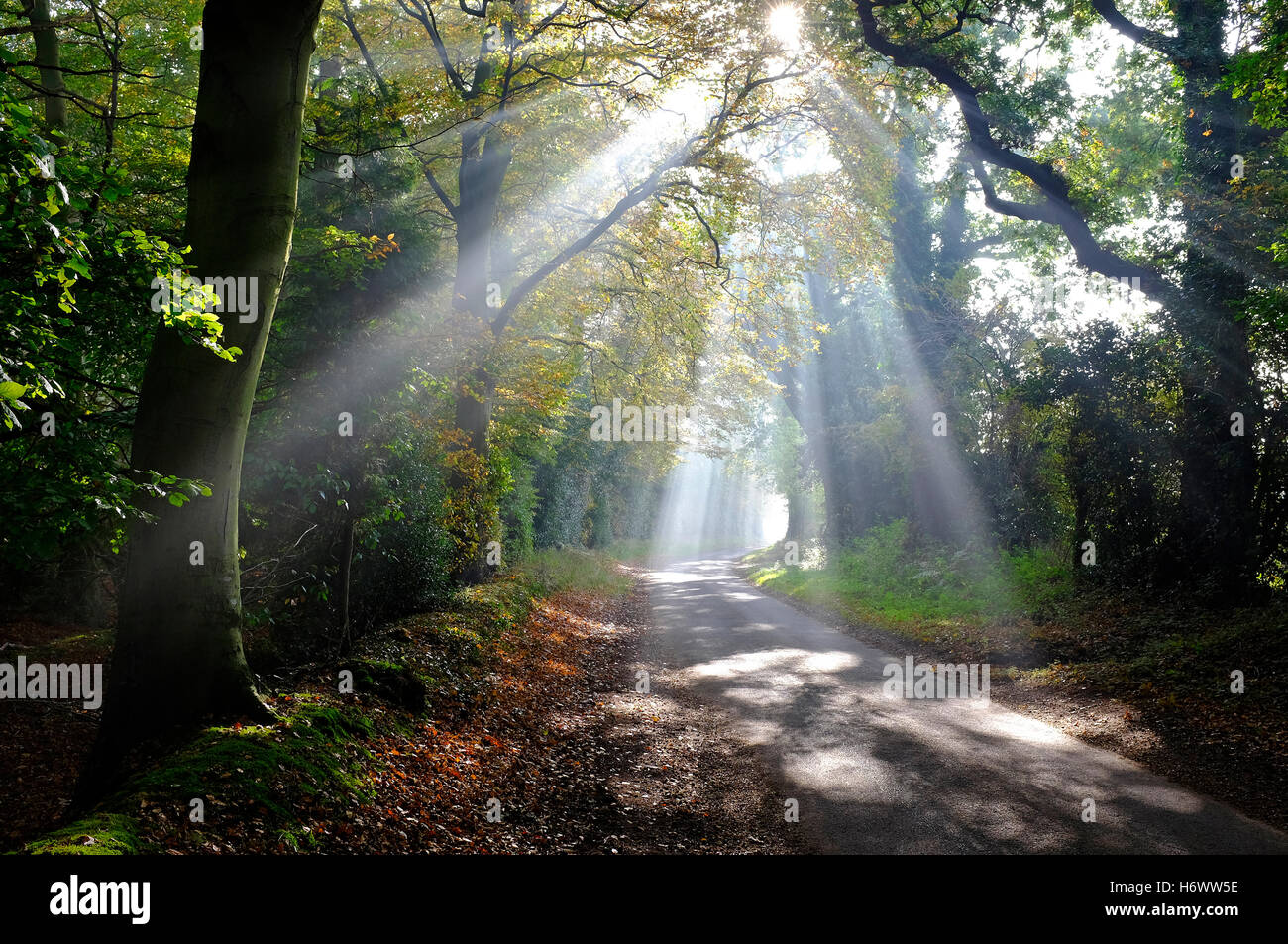
What’s puzzling is that anthocyanins are actually newly minted, made in the leaves at the same time as the tree is preparing to drop them. They belong to a class of sugar-based chemical compounds also known as flavonoids.

This unmasking explains the autumn colours of yellow and orange, but not the brilliant reds and purples of trees such as the maple or sumac.Ĭ The source of the red is widely known: it is created by anthocyanins, water-soluble plant pigments reflecting the red to blue range of the visible spectrum. As chlorophyll is depleted, other colours that have been dominated by it throughout the summer begin to be revealed. But before letting its leaves go, the tree dismantles their chlorophyll molecules and ships their valuable nitrogen back into the twigs. So rather than maintaining the now redundant leaves throughout the winter, the tree saves its precious resources and discards them. For many trees – evergreen conifers being an exception – the best strategy is to abandon photosynthesis* until the spring. As fall approaches in the northern hemisphere, the amount of solar energy available declines considerably.
SUNLIGHT THROUGH AUTUMN TREES FULL
The colours are magnificent, but the question of exactly why some trees turn yellow or orange, and others red or purple, is something which has long puzzled scientists.ī Summer leaves are green because they are full of chlorophyll, the molecule that captures sunlight converts that energy into new building materials for the tree.
SUNLIGHT THROUGH AUTUMN TREES LICENSE
This license allows for the use of Content in a way that would otherwise be prohibited or restricted under Sections 3(b)(ii) & (iii).This license requires the permission of the photographer and the model(s) in the Content to be licensed and must be negotiated by contacting Austockphoto on Please allow additional time when acquiring this license.Autumn leaves Canadian writer Jay Ingram investigates the mystery of why leaves turn red in the fallĪ One of the most captivating natural events of the year in many areas throughout North America is the turning of the leaves in the fall. (c) Use of Image on packaging of goods for sale or commercial distribution, for period of two years from first usage. (b) For use across multiple projects by a single organisation. Images must not be reproduced for resale or distribution where the main value of the product lies in the Image itself, for example, mugs, t-shirts, posters, greeting cards, posters or other merchandise, or any “print on demand” service.Įach of the following Additional Licences is available for purchase in addition to single use Basic Licence: Your use of the Image must be ‘transformative’ – combining the Image with text and other other images to create something new. Note: Basic and Additional Licences subject to Terms and Conditions: including usage restrictions, disclaimers and liability caps. No application to products for resale (hard-copies or digital). Image may be modified, cropped, resized, and combined with other works.

Print: reproduction, distribution and communication of the image for the purposes of advertising, promotion, presentations, catalogues, brochures and promotional postcards, limit of 100,000 copies.ĭigital uses: websites, in online advertising, broadcast media, in social media, in mobile advertising, mobile “apps”, software, e-cards, e-publications (e-books, e-magazines, blogs, etc.), and in online media.Įditorial: For use in content as a visual reference to illustrate text.

Single use, non-exclusive, royalty-free licence for the following:


 0 kommentar(er)
0 kommentar(er)
